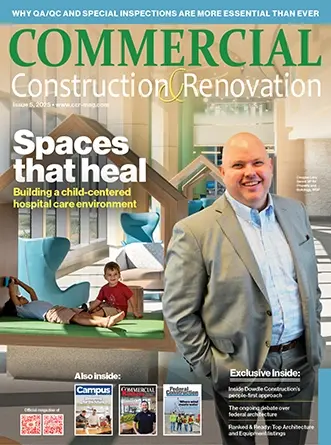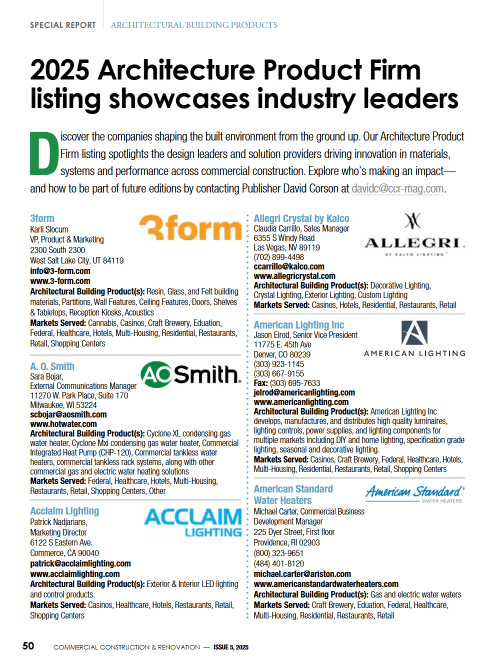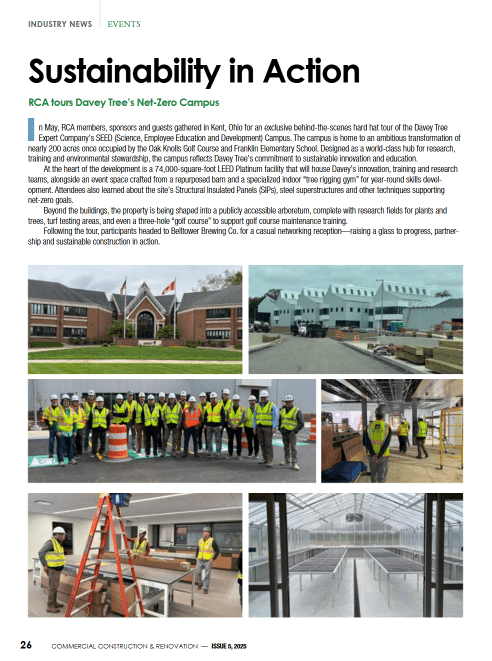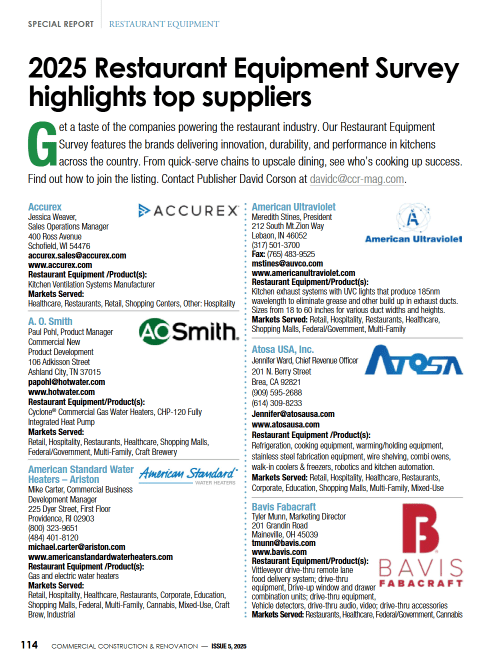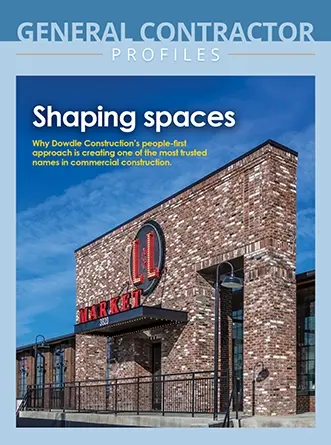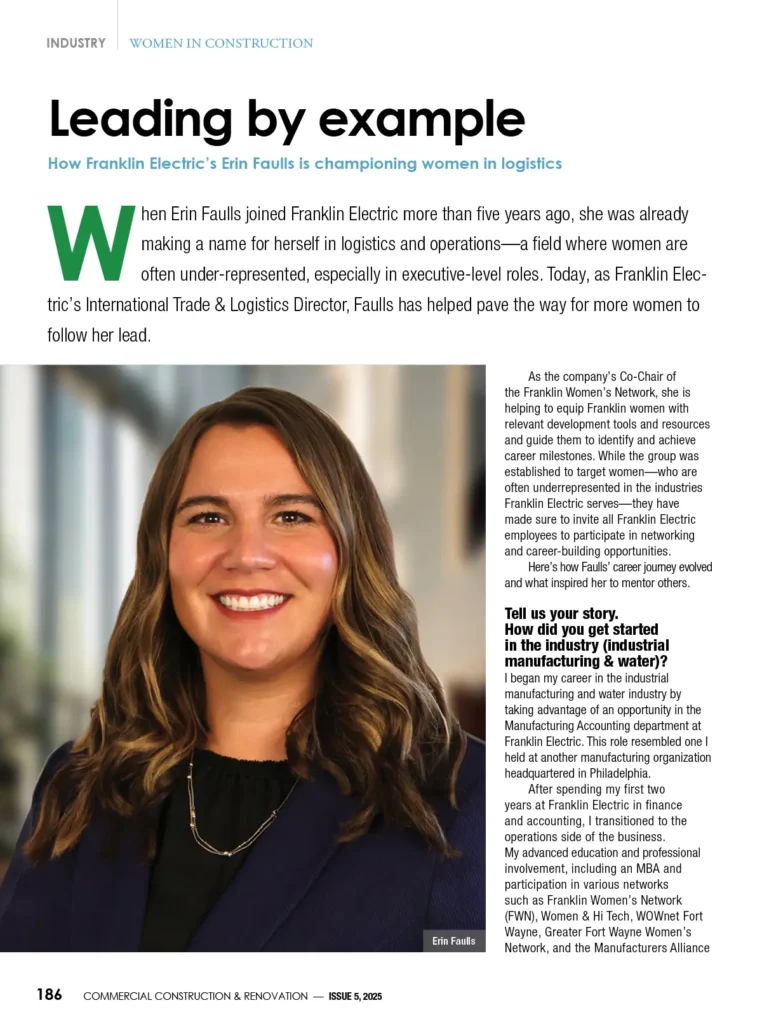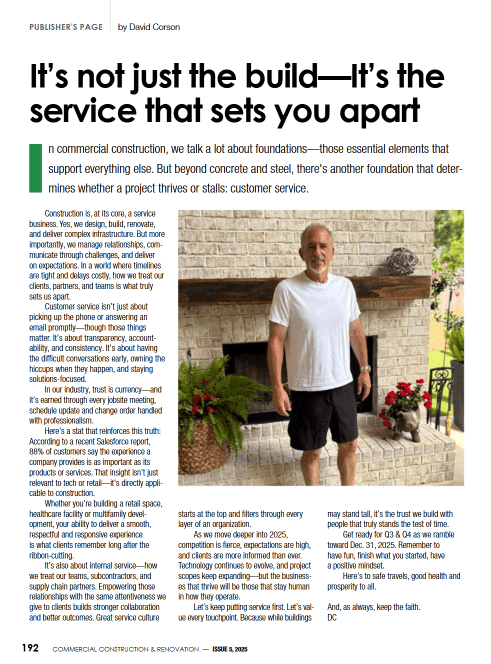 During this unusually active 2020 hurricane season, it is important for property owners and builders to prepare for the severe damage that often results from these storms. Whether protecting an existing building or investing in new construction, special precautions must be taken to improve public safety and reduce the damage and resulting high costs of repair after a storm.
During this unusually active 2020 hurricane season, it is important for property owners and builders to prepare for the severe damage that often results from these storms. Whether protecting an existing building or investing in new construction, special precautions must be taken to improve public safety and reduce the damage and resulting high costs of repair after a storm.
While most coastal communities know the risks that come with hurricanes, many structures are not equipped to handle the intense storms, and new construction is not slowing down. Damage from these storms is also increasing—the annual cost of hurricane damage is estimated at $28 billion, and expected to increase to $39 billion per year by 2075.
While hurricanes pose great challenges for coastal communities, there are strategies for mitigating risks for both new construction and existing structures. Through a combination of expertise in designing and building in hurricane-prone areas, and steps everyone can take to protect structures from an impending storm, here are the best ways to help your structure outlast hurricane season.
Why some structures fare better
In response to storms over the years, building codes have continued to adapt to improve public safety and the ability of structures to withstand the high winds and other hazards of these powerful storms. The code leads engineers through the design process, governed by the forces that will put the greatest load on the structure—seismic activity or wind speed and pressure.
For commercial structures, the code defines the required factors of safety for structural design based on the building category, as determined by risk to public safety. For coastal geographies, the code dictates additional safety measures for wind force resistance systems, the robustness of which is based on wind maps. These systems are designed to prevent the structure from racking as a result of intense wind speed and pressure during hurricanes and tropical storms.
Once designed, a structure must then be built with the same attention to detail. Quality of construction materials and craftsmanship are just as important as the design itself in determining how well a structure will withstand a storm.
In addition to code requirements, the building design impacts how well a structure will withstand an intense storm. Sophistication of design is one factor, such as building on stilts to not only provide protection from storm surge and flooding, but to also provide a path for the wind to flow around the structure with lesser chance of damage.
The design can also be guided by “over building” vulnerable components of the structure such as joints and tie-ins. Stronger materials or additional techniques are used to reinforce structural components, such as larger steel beams or additional steel in masonry walls to improve tie-in to the foundation.
Once designed, a structure must then be built with the same attention to detail. Quality of construction materials and craftsmanship are just as important as the design itself in determining how well a structure will withstand a storm.
Years ago, I had a conversation with a fellow ICC committee member who investigated building failures in Florida after Hurricane Andrew in 1992, which caused wide-spread damage and destroyed tens of thousands of structures in its path. Through forensic analysis, it was discovered that at least 60% of structural failures were the result of contractor error.
In response to the impacts of Hurricane Andrew, the state introduced the Florida Building Code that overhauled the existing system and introduced a uniform set of building codes across the state. The codes govern not only building design, but also inspections required during construction to ensure conformance to design and quality of craftsmanship.
Protecting an existing structure
While much of how a structure performs is determined in the design and construction phases, there are steps that can be taken to protect existing structures from damage during hurricanes. As building codes, construction materials and techniques have continued to improve over time, the performance of an existing structure is impacted significantly by its age.
While hurricanes pose great challenges for coastal communities, there are strategies for mitigating risks for both new construction and existing structures.
If you are in the market to purchase a building in a hurricane-prone area, enlist the help of a structural engineer to review the structural design and gain insight into what codes were in place when the structure was built, and the quality of materials used. With this understanding, an engineer can identify any potentially weak components or systems and recommend steps to mitigate risks to public safety and structural damage.
While this assessment requires time and preparation, unfortunately tropical storms do not always provide enough notice. But there are immediate steps building owners can take to protect a structure from an impending storm. While storm surge and heavy rain pose flooding risks, the greatest risk to structural damage is from wind speed and pressure.
Damage results from wind entering a structure through weak points, such as joints and tie-ins between the walls and roof, and from objects that become projectiles in strong winds.
- Board up windows with plywood and long steel nails to prevent glass from shattering from wind pressure and projectiles.
- Clear the environment of debris and secure outdoor furniture and fixtures that may be displaced by wind and turned into projectiles that can strike the structure or be hazardous to people.
While these mitigation steps are known, they often are overlooked in the calm before the storm and can significantly impact the severity of damage to structures.
When building or investing in property in hurricane-prone areas, it is important to understand the risks to public safety and structural integrity that can result from these storms. With support from structural engineers with expertise and experience designing for wind resistance, and with additional steps everyone can take to reduce damage from impending storms, you can mitigate risks and help your structure outlast hurricane season.
______________________________________________________________
Tommy Faulkner, CEO of JDSfaulkner, has been a renowned innovator in the engineering, design and consulting industry for over 25 years. His expertise is multidisciplinary as a licensed professional engineer, general contractor, Master of Special Inspections and realtor. He has served on the International Code Council (ICC) Structural Code Development Committee and has partnered with several municipalities to develop and update building code standards used today.

